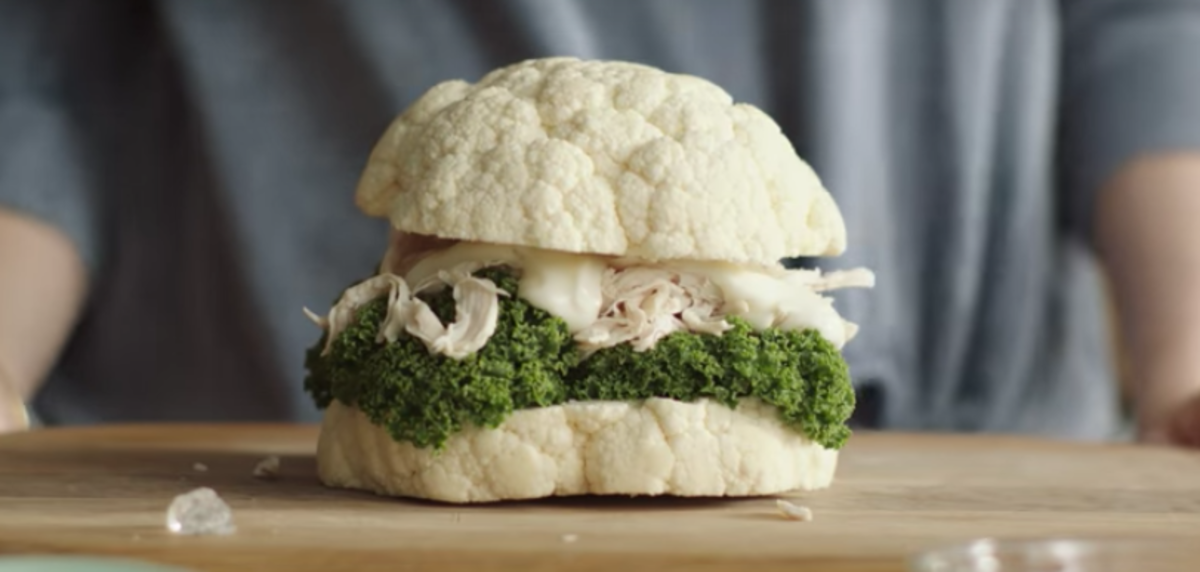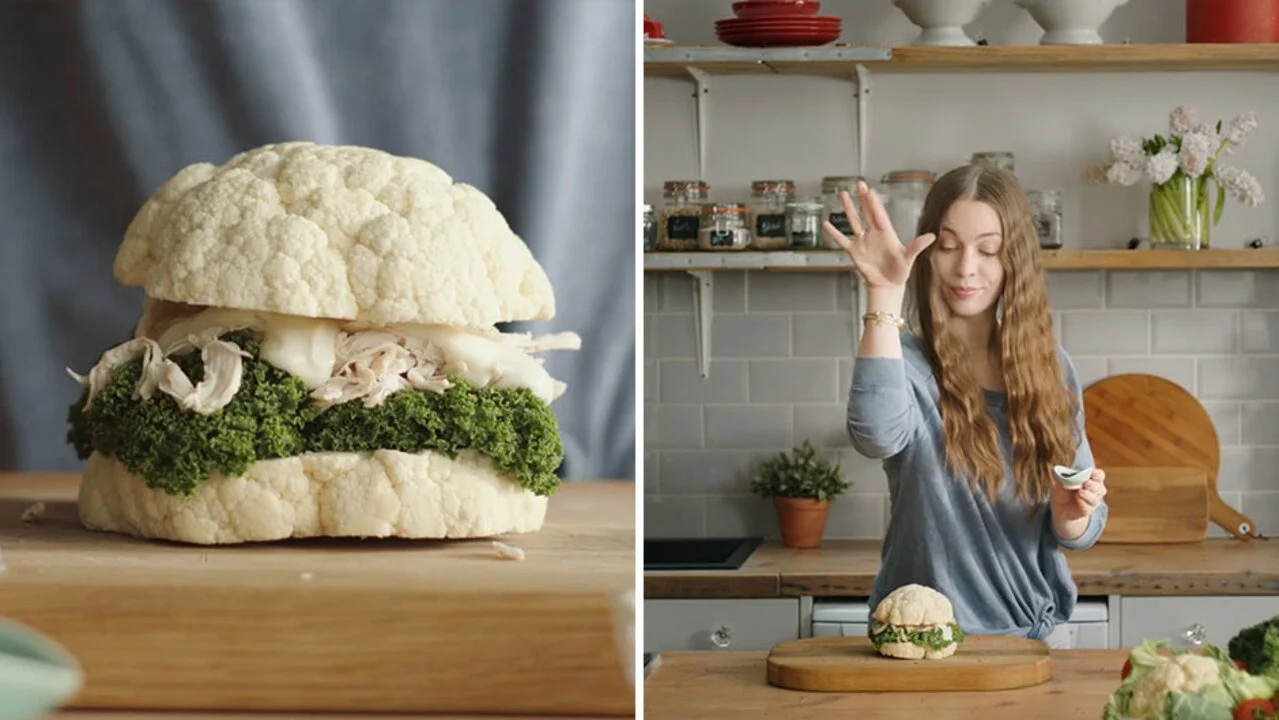Evaluating campaign effectiveness from both a business and a consumer standpoint.
by Kimberly Eugene, 05/09/2023
In 2017, KFC launched a digital marketing campaign for their “Dirty Louisiana" burger. The campaign was intended to be a comedic spoof that mimicked the clean-eating style of social media videos that were popular at the time. The campaign received mixed reactions online from consumers and critics, however, KFC’s considerable advances in brand awareness and revenue growth were noticeably evident.
KFC’s marketing strategy.
The "Clean Eating" burger campaign was a digital marketing ploy by KFC aimed at promoting their new product, the “Dirty Louisiana" burger. The campaign was launched in the UK as a satirical take on the clean eating trend that was popular at the time. The campaign featured a fake vlogger video created by “Figgy Poppleton-Rice”, a fictitious foodie blogger, to light-heartedly announce the arrival of its new limited edition burger, The Dirty Louisiana (Thistlethwaite, 2017). The viral video parodied the style of clean eating videos that were popular on social media at the time and included scenes of the "Clean Eating" burger being made with bland ingredients such as unseasoned chicken breast, ice cubes for taste, and raw kale. The video then ended with a picture of the “Dirty Louisiana” burger being displayed with an underlying voiceover that stated, “Nothing satisfies like the Dirty Louisiana”.
The campaign's target audience was young adults interested in social media trends and pop culture, such as viral memes and spoofs. It was primarily marketed using social media platforms such as Facebook, Twitter, and YouTube.
The polarizing nature of viral campaigns.
Consumers’ reactions to the campaign were mixed in nature. Some found the campaign to be humorous and clever, appreciating the satirical view on the clean eating trend, and finding the video to be entertaining and funny. These consumers were inclined to share the video on social media with their friends and credit KFC for their unique marketing efforts. However, other consumers found the campaign somewhat offensive and insensitive, criticizing KFC for making fun of people trying to eat healthy and promoting unhealthy fast food. These consumers also took to social media to express their reactions, which were those of disapproval and disdain for the campaign.
Was the campaign risky? I’d say so. The negative reactions from some of the displeased consumers could have potentially stained KFC's brand image. If those negative reactions had been more common, it could have led to a huge decrease in sales and revenue, and potentially the ‘cancellation’ of KFC by consumers, a social media phenomenon that results in people boycotting a company until it no longer exists. However, KFC wanted to generate responses from its audience and in order to do that sometimes you have to be controversial and give your audience something to talk about. The key takeaway here is that marketers must maintain a balance between shock appeal and controversy in their digital marketing campaigns as to not totally offend their audiences.
KFC’s return on investment in social media.
Overall, the campaign generated a mountain of buzz on social media, with both positive and negative reactions. It was successful in terms of generating increased brand awareness and getting people talking about KFC’s new burger, generating more than 350,000 comments, helping it to organically reach 28 million people. It also benefited KFC’s bottom line, helping the Dirty Louisiana burger beat its sales target by 39%, making it one of KFC’s best-selling burgers of the past five years.
KFC’s "Clean Eating" burger digital marketing campaign was a humorous take on the clean eating trend. It generated a great deal of buzz on social media with both positive and negative reactions from consumers. From a business perspective, the campaign successfully generated brand awareness and got people talking about KFC and their new product. However, the campaign was not without its risks, and some consumers' negative reactions could have potentially damaged KFC's brand image. Overall, the campaign was a bold move by KFC to generate buzz and publicity for their new product.
Kimberly Eugene - Content Marketing Specialist
Owner of PRTYNVRNDS LLC
Futuristic | Strategic | Developer | Positivity | Relator
prtynvrnds.business.blog
References:
CampaignUK. (2018, December 4). How KFC trolled the clean-eating trend for disruptive Burger launch. Campaign UK. https://www.campaignlive.co.uk/article/kfc-trolled-clean-eating-trend-disruptive-burger-launch/1450471
Nelson, D. (2017, March 3). KFC’s “Clean eating burger” tricked a whole lot of people. Thrillist. https://www.thrillist.com/news/nation/kfc-clean-eating-burger-publicity-stunt-prank-dirty-lousiana
Thistlethwaite, F. (2017, February 28). KFC adds Burger to UK menu - the dirty Louisiana. Express.co.uk. https://www.express.co.uk/life-style/food/773142/KFC-menu-burger-UK-The-Dirty-Louisiana



